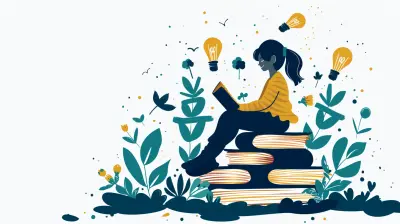Game-Based Learning as a Tool for Enhancing Digital Literacy
30 October 2025
In today’s tech-driven world, digital literacy isn’t just a “nice-to-have”—it's a must-have. From kids learning how to type to adults navigating remote work systems, digital skills are the foundation of modern life. But let’s be real—traditional methods of teaching these skills can be boring, dry, and let’s face it, sometimes downright painful. That’s where game-based learning swoops in like a superhero in pixelated armor.
Game-based learning isn’t just about having fun (though that’s a big part of it). It’s a powerful educational tool that engages learners, keeps their attention, and teaches them real-world skills—especially when it comes to digital literacy. So, how exactly does this work? Let’s break it down, level by level.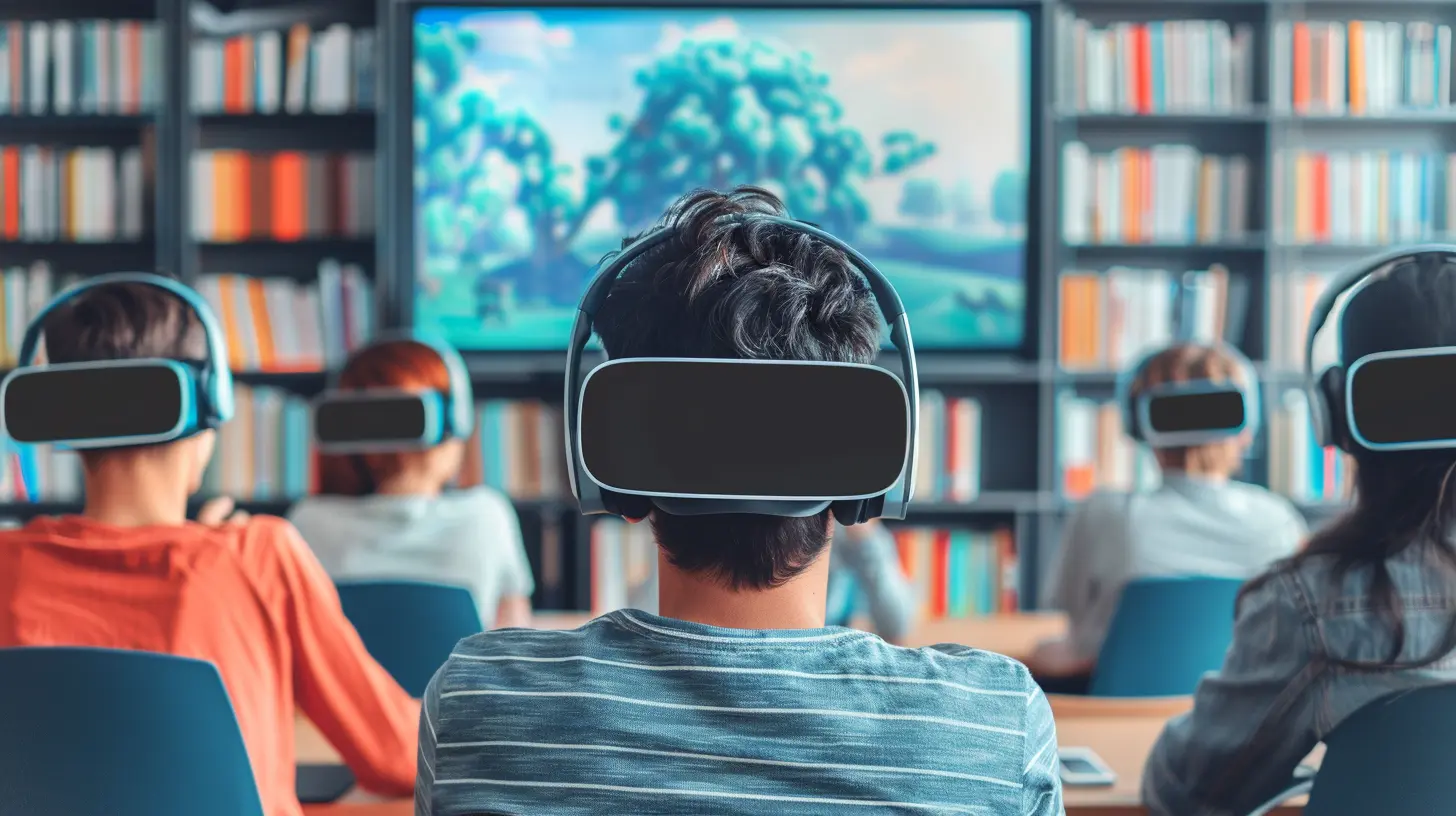
What Is Game-Based Learning, Really?
Before we dive into the mechanics, let’s get on the same page. Game-based learning (GBL) uses video games, simulations, or game elements in non-game contexts (like points, badges, and leaderboards) to teach specific skills or knowledge.Unlike games just for entertainment, educational games are purposefully designed with learning outcomes in mind. Think of it like sneaking veggies into a smoothie—the learner is having fun, but they’re also getting something good for them.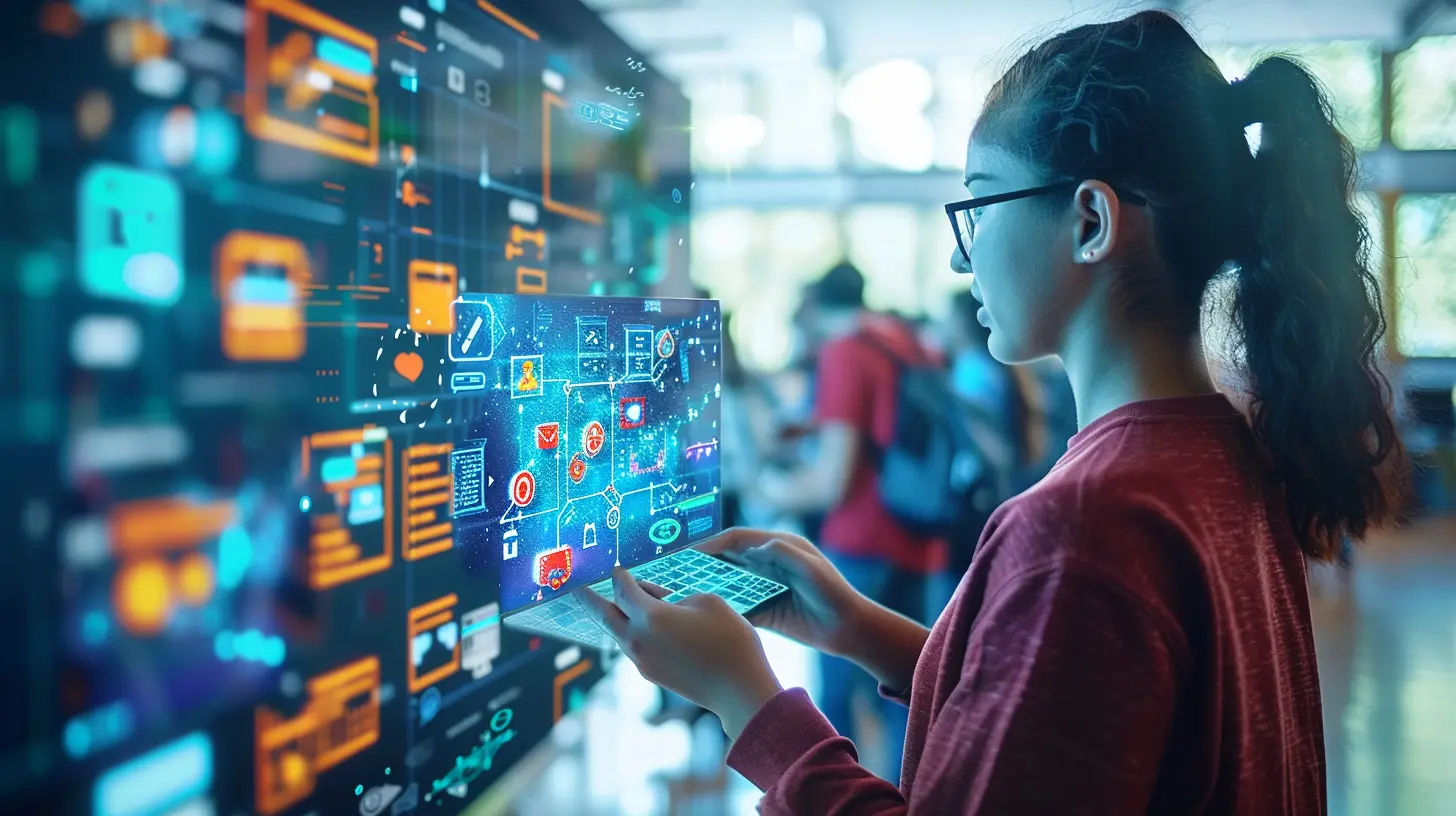
Why Digital Literacy Matters More Than Ever
So, what exactly is digital literacy? It's more than just knowing how to use a computer. Digital literacy is about:- Understanding how to navigate the internet
- Assessing information credibility
- Using digital tools responsibly
- Knowing how to communicate and collaborate online
- Protecting personal data and practicing cybersecurity
With misinformation spreading like wildfire online and technology evolving daily, digital literacy is a survival skill. Kids, teens, and even adults need to be fluent in these skills to thrive.
But let’s face it—teaching digital literacy from a textbook is like trying to teach someone to ride a bike over Zoom. It just doesn't stick.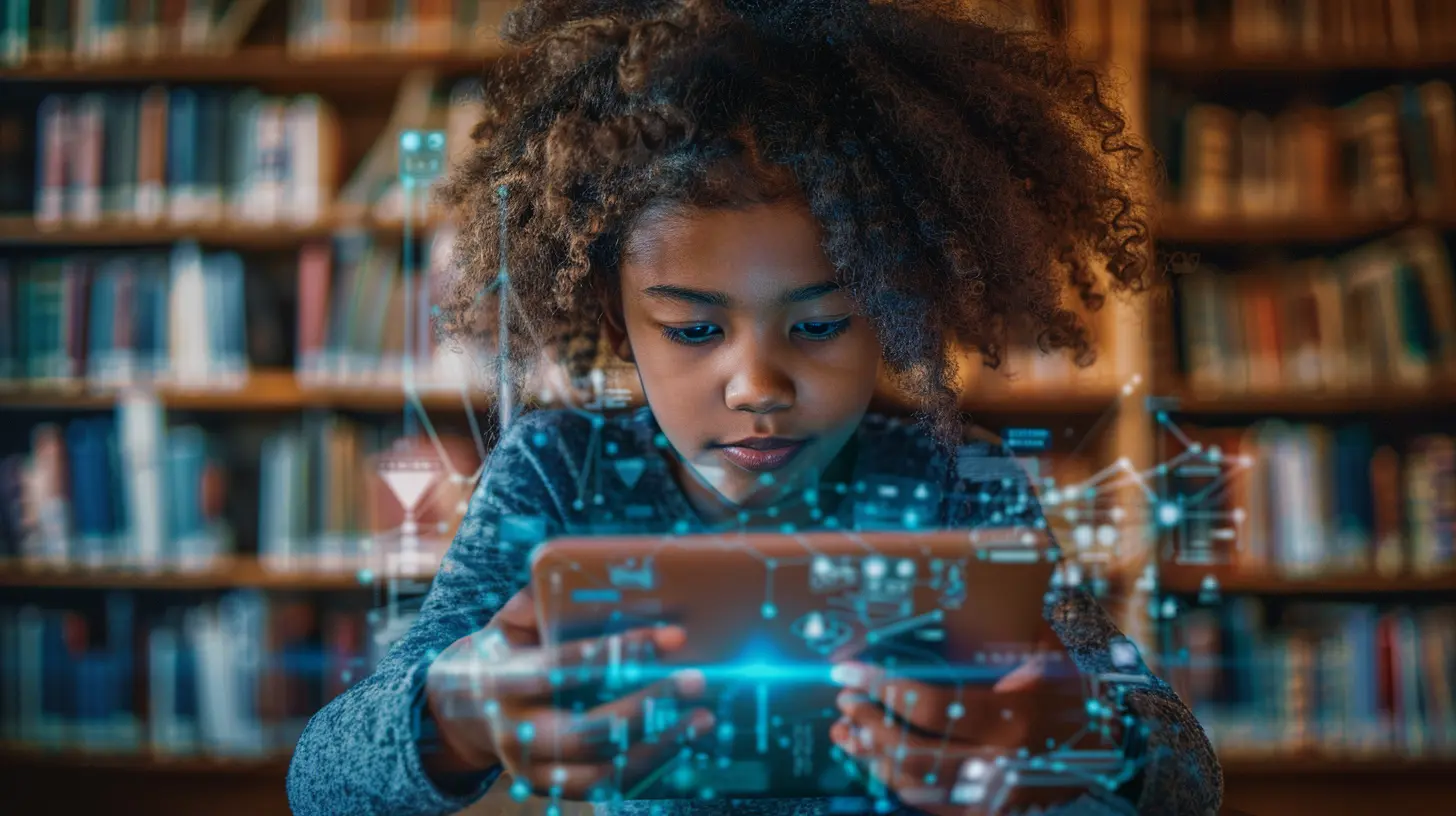
Enter Game-Based Learning: The Digital Literacy Game-Changer
Now, here’s where it gets exciting. Games are immersive. They grab your attention, spark your curiosity, and make learning feel like play instead of work. Perfect for something as hands-on as digital literacy, right?Let’s take a closer look at how GBL works its magic.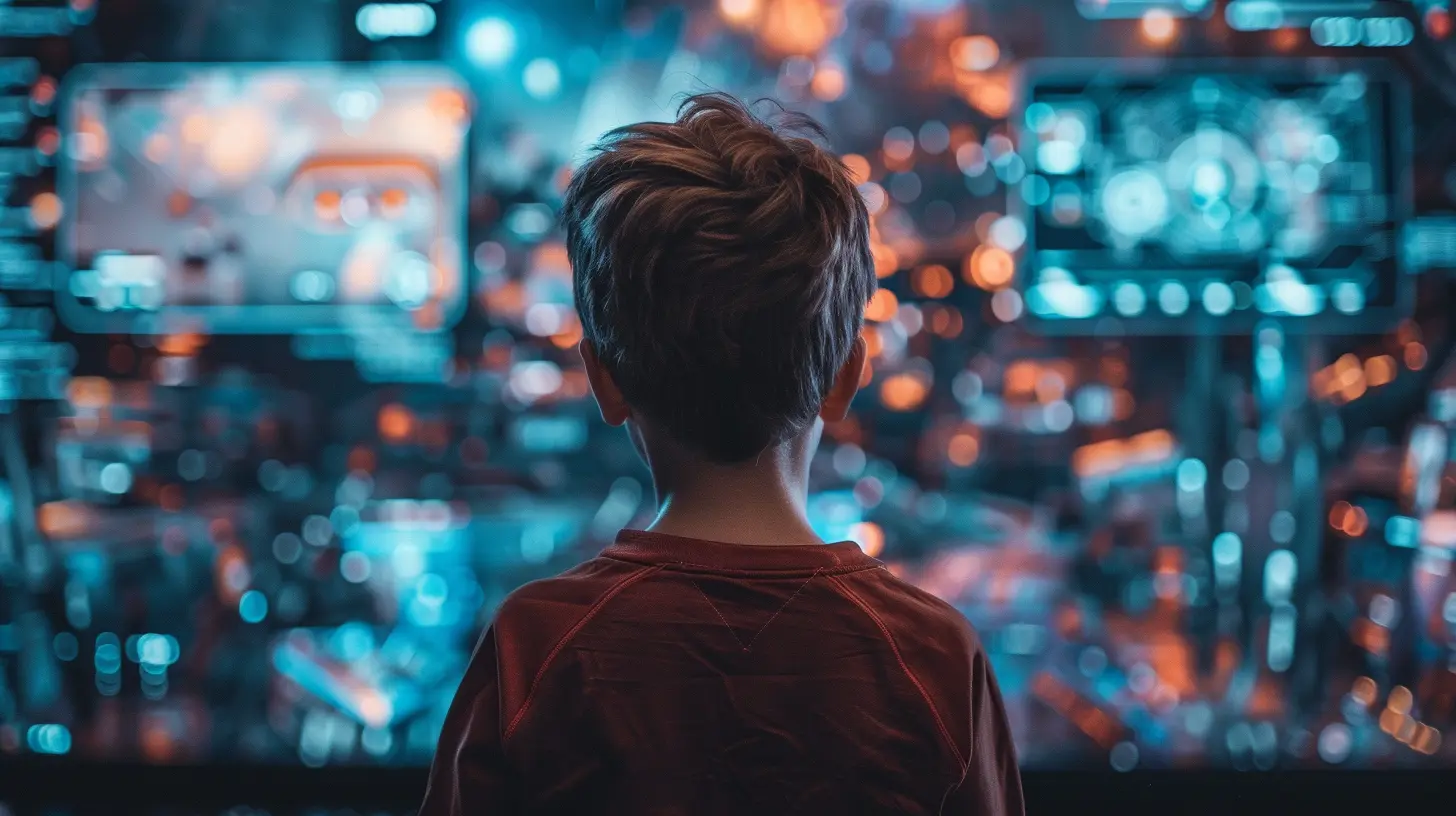
1. Engagement on Steroids 🚀
When was the last time you saw a student completely absorbed in a textbook? Probably never. Now picture the same student playing a game that challenges them to solve puzzles, protect virtual systems from cyberattacks, or collaborate with teammates across the globe.Games light up the brain. They’re colorful, interactive, and they inspire players to keep going. And once learners are engaged, they’re far more likely to retain information.
Think of engagement as the fuel that keeps the learning engine running. Without it, the car doesn’t even start.
2. Safe Space to Fail
Here’s something most classrooms don’t allow enough of: failure.In traditional settings, making a mistake often feels like the end of the world. But in games? You mess up, hit "retry," and try again. It’s no big deal. That fosters a growth mindset, which is crucial for mastering digital skills.
In games, failure is just part of the journey. It teaches persistence, critical thinking, and creativity—all essential digital literacy skills.
3. Real-Time Feedback
Imagine taking a test and getting your results...next week. That’s what traditional learning often looks like. Meanwhile, games give you instant feedback. If you make the wrong move, you know right away—and you get the chance to fix it.This immediate response loop helps learners adjust, reflect, and improve as they go. It’s like having a personal tutor whispering “try this instead” each step of the way.
4. Learning by Doing
Let’s be honest—no one learns how to use a spreadsheet by reading about it. You learn by clicking, dragging, and messing around until it makes sense.Games are all about action. Learning-by-doing is baked right into the game structure. Whether it's managing resources in a simulation or identifying phishing emails in a cyber-awareness game, players get hands-on practice, which translates to real-world competence.
5. Promoting Collaboration and Communication
Many educational games encourage players to work together, share strategies, and problem-solve as a team. This boosts more than just social skills—it also sharpens digital communication and collaboration techniques.In today's working world, where remote teams and online meetings are the norm, mastering these digital social skills is golden.
6. Customization and Personalization
Not everyone learns the same way—and that’s okay. Game-based learning platforms often allow learners to move at their own pace, revisit tough concepts, and choose pathways that match their skill level.This flexibility makes learning more accessible and less intimidating, especially for students who might feel overwhelmed or left behind in traditional classrooms.
Real-Life Examples of Game-Based Digital Literacy Tools
Alright, enough theory. Let’s talk about some actual games that are making a difference.1. Minecraft: Education Edition
This isn’t just about building cool structures (though that’s part of the fun). Minecraft: Education Edition lets students explore programming, digital citizenship, and even cybersecurity through immersive in-game lessons.2. Interland by Google
Part of the "Be Internet Awesome" campaign, Interland teaches kids about internet safety, cyberbullying, and the importance of strong passwords—using engaging, colorful design that keeps them coming back for more.3. TypingClub
It may not be flashy, but TypingClub turns the mundane task of learning to type into a game with levels, achievements, and real-time feedback. Spoiler alert: It works like a charm.4. CyberStart America
Aimed at high school students, this game introduces cybersecurity concepts in an engaging, challenge-based environment. Think hacking puzzles, cryptography, and digital defense missions.Challenges to Consider (Yep, There Are a Few)
Now, we’re not saying game-based learning is a magic fix-all. There are a few bumps on the road:- Access Issues: Not all students have access to the devices or internet connections needed to play educational games.
- Screen Time Concerns: Parents and educators worry (rightfully) about kids spending too much time in front of screens.
- Quality Control: Not all educational games are created equal. Some are more fluff than substance.
- Learning Curve for Educators: Teachers may need training to effectively integrate GBL into their classrooms.
But these challenges aren't deal-breakers. With the right support, they can be addressed—and the benefits of GBL usually outweigh the drawbacks.
Tips for Implementing Game-Based Learning in Digital Literacy
Want to bring GBL into a classroom or learning environment? Here are a few tips to make it work:1. Start with Clear Goals
Don’t just throw a game into the mix because it looks cool. Know what you want learners to achieve, and choose games that support those outcomes.2. Choose the Right Platform
There are tons of options out there. Look for ones with strong educational content, user-friendly design, and positive reviews from fellow educators.3. Blend, Don’t Replace
Use games to complement your curriculum, not substitute it entirely. A blended approach that combines GBL with discussion, projects, and assessments works best.4. Encourage Reflection
After gameplay, talk about what learners experienced. What did they learn? What would they do differently next time? This helps solidify learning.5. Keep Parents in the Loop
Especially with younger learners, explain to parents how educational games support learning. That way, they’ll understand it’s not just “screen time.”The Future Is (Play)Fully Bright
Game-based learning is more than a passing trend—it’s a powerful shift in how we approach education. Especially when it comes to enhancing digital literacy, games provide an ideal platform for learners to explore, experiment, and grow.Imagine a world where kids build their digital skills the same way they level up in their favorite games—one challenge, one triumph, one lesson at a time. That’s the future we’re heading toward. And honestly? It looks pretty awesome.
Final Thoughts
Digital literacy is essential. But teaching it doesn't have to involve mind-numbing lectures or dull assignments. Game-based learning makes education vibrant, interactive, and, most importantly, effective.So whether you’re a teacher, a parent, or a lifelong learner—embrace the power of games. Because when learning feels like playing, everyone wins.
all images in this post were generated using AI tools
Category:
Digital LiteracyAuthor:

Monica O`Neal
Discussion
rate this article
1 comments
Lisa Williams
Game on! Let’s level up digital literacy with fun and engaging learning experiences!
October 30, 2025 at 1:27 PM

Monica O`Neal
Absolutely! Game-based learning is a powerful way to make digital literacy both fun and effective. Let’s empower learners through engaging experiences!


